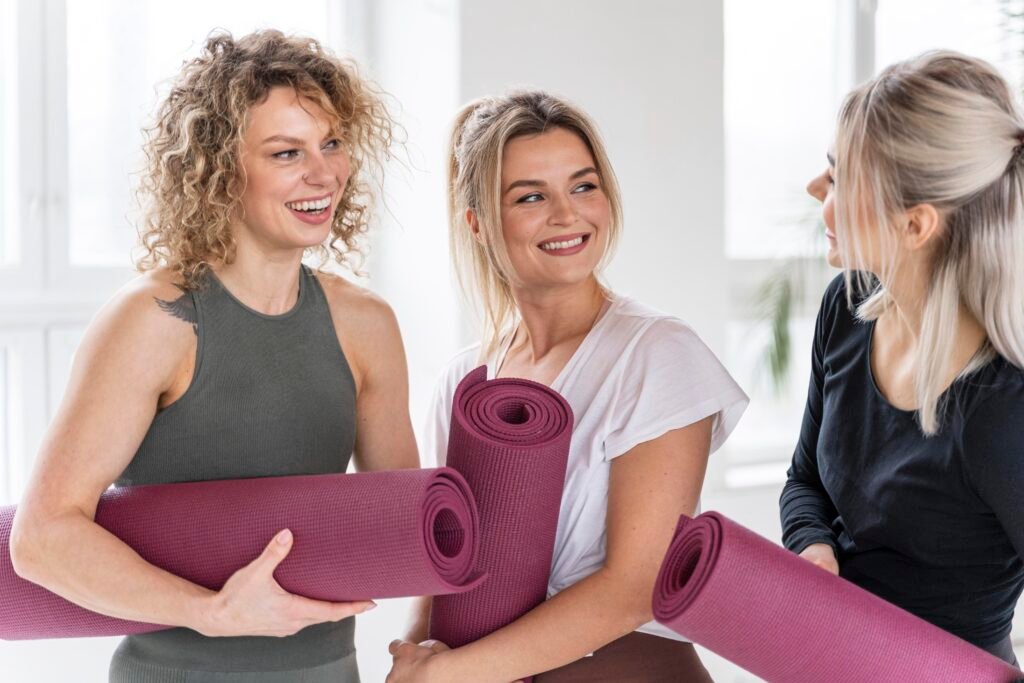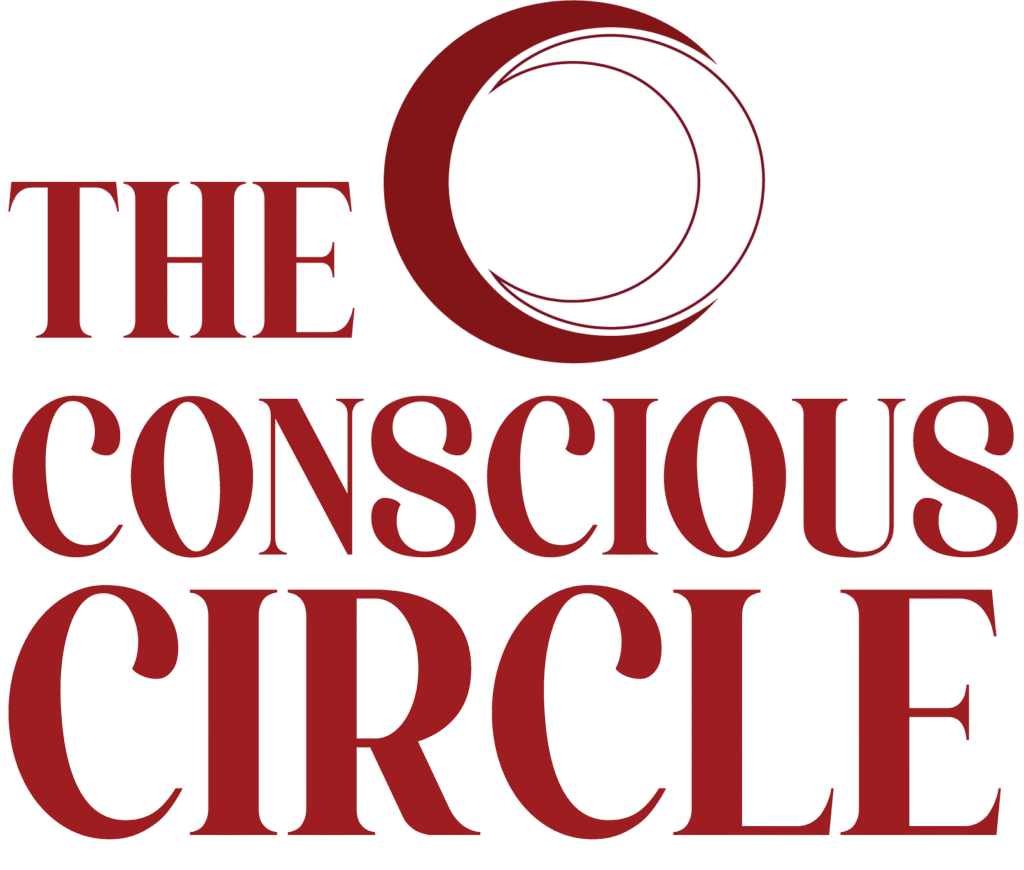Many people new to meditation/mindfulness feel unsure; this helps lower the barrier to entry.
Mindfulness has become a buzzword, but at its core it’s a simple, practical skill: learning to be present with what is happening right now. For beginners, though, it can feel confusing or intimidating. In this post, we’ll demystify mindfulness, give you your first steps, and help you set realistic expectations for your journey.

What Mindfulness Is
- Mindfulness is paying attention to the present moment with curiosity and without judgment.
- It isn’t about emptying your mind or “doing it perfectly.”
- It’s a practice — like building a muscle — that develops over time.
First Practices You Can Try
-
Breath Awareness – Sit comfortably. Notice your breath flowing in and out. Each time your mind wanders, gently return to the breath.
-
Body Scan – Starting from your feet, move your attention slowly up through the body, noticing sensations without trying to change them.
-
Mindful Observation – Choose a simple object (a cup of tea, a plant, a candle flame) and observe it as if for the first time. Notice colour, shape, smell, temperature.
Setting Realistic Expectations
- Your mind will wander. That’s normal. Gently returning is part of the practice.
- Benefits build over weeks, not minutes. Patience and kindness toward yourself are essential.
- Small, frequent sessions (2–5 minutes) can be more powerful than sporadic long ones at first.
Integrating Mindfulness into Daily Life
- Pick “anchor points” like brushing teeth or waiting for the kettle and practise one mindful breath.
- Use reminders on your phone to pause and check in with your senses.
- Pair mindfulness with your existing habits (morning coffee, evening walk).
Conclusion
At The Conscious Circle, we offer beginner-friendly mindfulness and meditation programs designed to help you build confidence and calm step by step. If you’d like gentle, personalised guidance,
Share :

